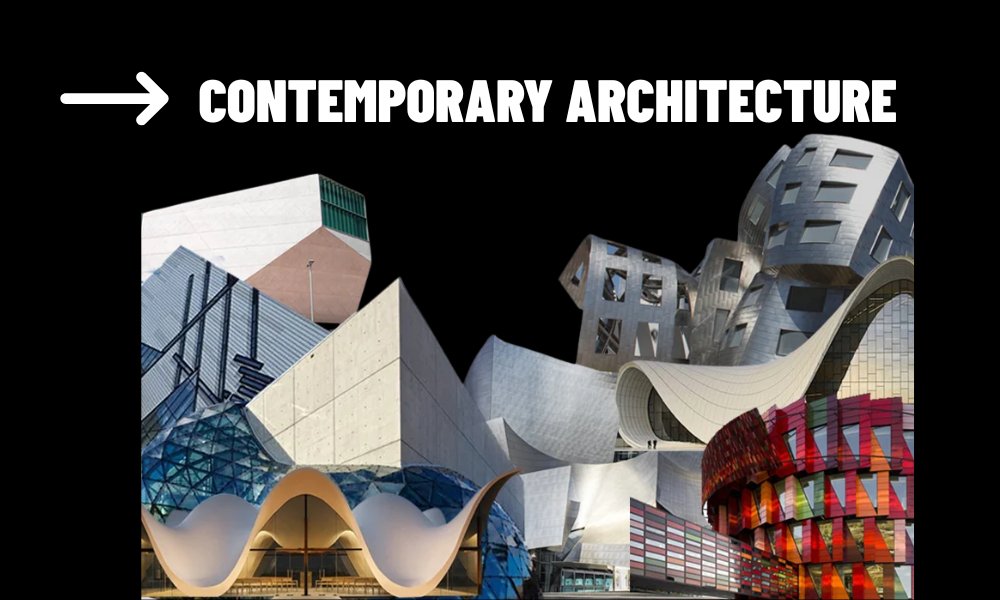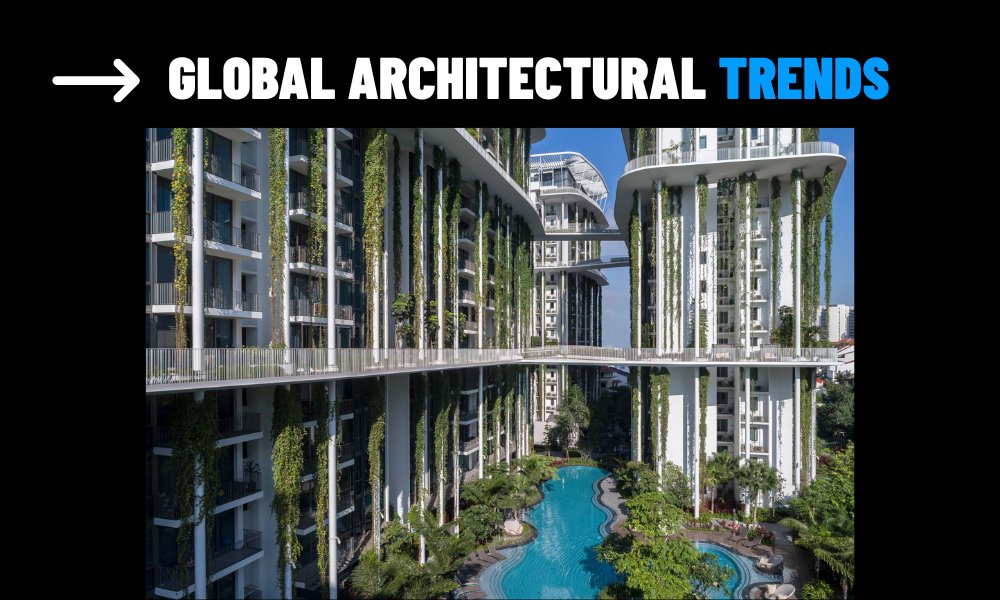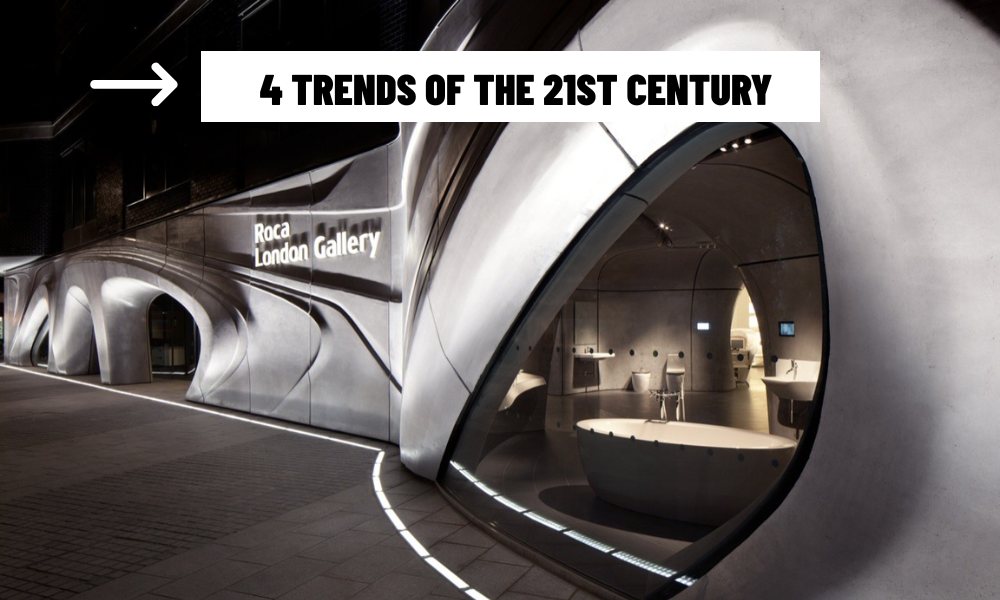In an era where sustainable living is paramount, green roofing systems for homes offer a revolutionary approach to urban architecture. More than just an aesthetic feature, these living roofs transform ordinary rooftops into vibrant ecosystems, providing a myriad of environmental and economic benefits. This comprehensive guide delves into everything homeowners need to know about integrating these innovative systems into their dwellings, exploring their types, advantages, and key considerations for implementation.
Contents
Understanding Green Roofing Systems
Green roofing systems for homes represent a cutting-edge architectural solution. They seamlessly integrate natural vegetation onto residential rooftops. These living roofs are more than aesthetic additions; they are meticulously engineered ecosystems designed for sustainability.
Core Components of Green Roofing Systems
At their foundation, these systems incorporate a robust waterproofing membrane, crucial for structural integrity. A root barrier prevents plant intrusion, followed by a drainage layer to manage excess water. A filter fabric then separates this from the specialized growing medium, which finally supports diverse plant life. Each component works synergistically, ensuring both building protection and a thriving green space.
Unlike conventional roofs, green roofs actively cool homes through evapotranspiration. This natural process releases water vapor, significantly reducing indoor temperatures during warmer months. This mechanism directly contributes to a home’s energy efficiency and overall comfort, aligning with modern biophilic design principles. Such integrated solutions are pivotal in contemporary sustainable architecture.
Unlocking the Benefits of Green Roofs for Homeowners
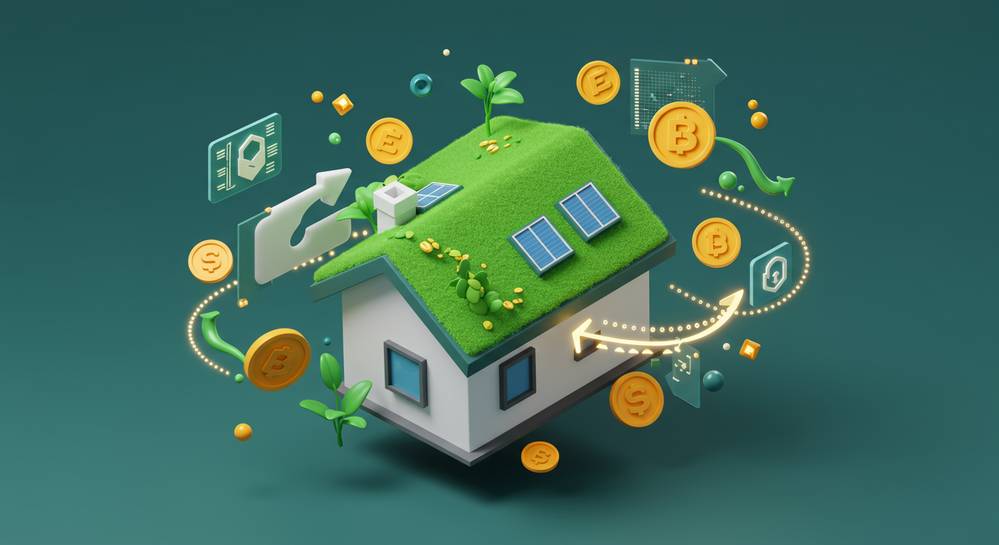
Green roofing systems for homes offer compelling advantages beyond mere aesthetics. These living roofs deliver significant environmental and financial benefits, making them a smart investment for modern homeowners seeking sustainable living solutions.
Key Benefits for Homeowners
- Energy Efficiency: Natural insulation from soil and plants significantly cuts heating and cooling costs. This leads to substantial utility bill savings, especially when paired with AI-powered smart home energy management systems.
- Stormwater Management: Green roofs absorb considerable rainfall, reducing urban runoff and mitigating drainage system strain. This prevents flooding and lessens pollutant flow.
- Extended Roof Lifespan: Vegetation protects the underlying membrane from UV and temperature extremes. This effectively doubles or triples roof durability.
- Improved Air Quality & Noise Reduction: Plants filter pollutants, produce oxygen, and act as sound barriers. This creates a healthier, quieter indoor environment.
- Enhanced Property Value: Homes with green roofing systems often command higher market value. Their sustainability features and unique appeal attract discerning buyers.
Types of Green Roofs for Residential Applications
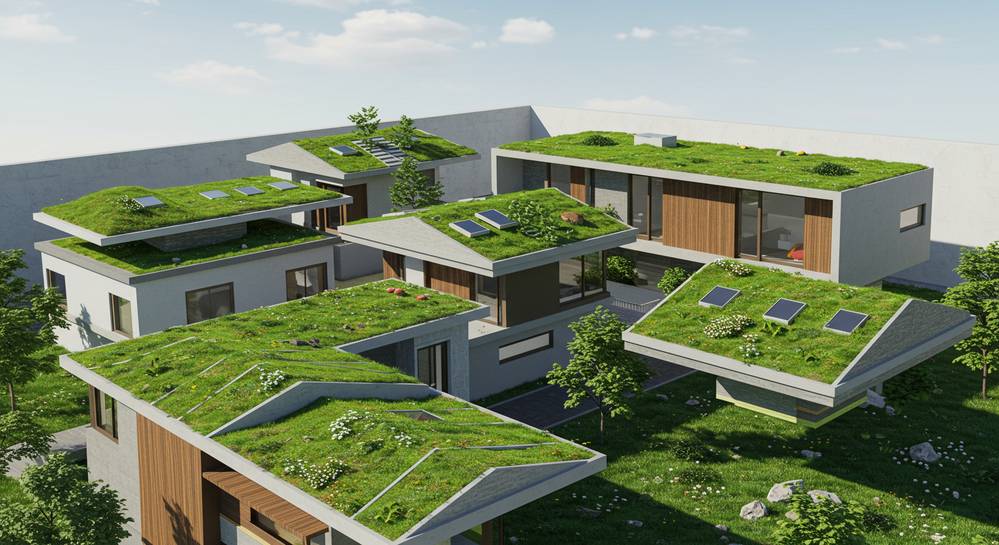
When considering green roofing systems for homes, understanding the two primary categories is crucial. Extensive and intensive green roofs each offer distinct characteristics in design, plant selection, and maintenance. This differentiation helps homeowners choose the optimal system for their residential applications.
Extensive Green Roofs for Homes
Extensive green roofs feature a shallow growing medium, typically 2 to 6 inches deep. They are lightweight, demanding minimal structural reinforcement, making them suitable for many existing homes. These systems thrive with hardy, drought-tolerant plants like sedums, grasses, and mosses. Maintenance is low, usually limited to occasional weeding and fertilization, offering a low-impact, eco-friendly solution.
Intensive Green Roof Systems
In contrast, intensive green roofs utilize a much deeper growing medium, often exceeding 6 inches. This depth supports a wider variety of plant life, including shrubs, trees, and even small vegetable gardens. These create dynamic, accessible rooftop landscapes, aligning with modern architectural design trends in 2025. However, their significant weight necessitates substantial structural support and more intensive maintenance, similar to a traditional garden.
Essential Considerations for Implementing a Green Roof
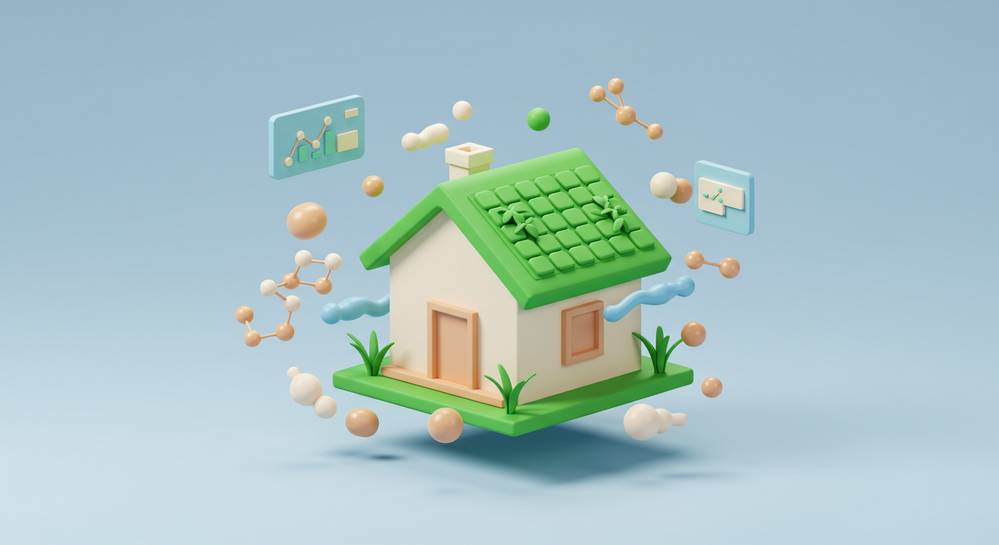
Implementing green roofing systems for homes demands meticulous planning to ensure long-term success. Homeowners must thoroughly evaluate several critical factors before installation. This proactive approach guarantees both efficacy and durability for these innovative structures.
- Structural Integrity: A professional structural engineer must assess your home’s capacity. The roof must safely support the additional weight of the green system, especially when saturated with water.
- Waterproofing and Drainage: A high-quality, robust waterproofing membrane is paramount. An efficient drainage system is equally vital to prevent leaks and ensure proper water flow, safeguarding the building.
- Plant Selection: Choose plants suited to your local climate, sun exposure, and desired maintenance level. This ensures the green roof’s sustainability and aesthetic appeal.
- Installation Costs: Initial setup costs for green roofs can exceed traditional options. However, these are often offset by significant long-term savings in energy consumption and extended roof lifespan.
- Ongoing Maintenance: All green roofs require some care, particularly during establishment. This includes monitoring irrigation, occasional weeding, and nutrient management to maintain plant health.
- Professional Consultation: Engage experienced green roof specialists, architects, and installers. Their expertise ensures optimal design, correct installation, and adherence to local building codes.
Adopting green roofing systems for homes represents a forward-thinking decision, blending environmental responsibility with practical benefits. From significantly enhancing energy efficiency to contributing to urban biodiversity, these systems offer a sustainable upgrade that adds tangible value and long-term savings. As you consider the future of your property, exploring green roof solutions is an investment in a greener, more resilient future. For more insights into cutting-edge home technologies, visit Dwelling Tech Trends.
